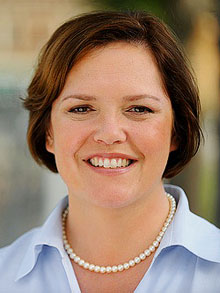Trends don’t start here in the cold North. We all know that. They tend to come from the coasts. Not always, but mostly. Some trends never even get here at all, and we can be fine with that — or not even realize we missed another one. Then there’s a trend that turns into a… crash.
There’s one of those taking shape out there in the world of big tech that we should hope never gets here. We’re hearing the talk more and more. New signs pop up. I caught a story yesterday that uses the stock market term “correction” in the headline — how polite — then proceeds to cite so many reasons it could be called a crash. Or a bubble burst.

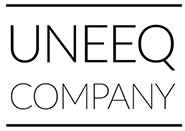 Minneapolis, MN – With a goal to help software developers and hardware and gadget manufacturers reach a broader audience and at the same time help consumers find the best and most “uneeq” products on the planet, Uneeq Company opened its online doors today.
Minneapolis, MN – With a goal to help software developers and hardware and gadget manufacturers reach a broader audience and at the same time help consumers find the best and most “uneeq” products on the planet, Uneeq Company opened its online doors today. White House Announces Prime Digital
White House Announces Prime Digital
 Leaders from women-in-tech orgs will come to The Nerdery Friday, November 13 for an open discussion on closing the gender gap. Women are underrepresented in the tech industry, yet our world demands more and more makers of software – for these reasons and more it’s in everyone’s best interest to work together toward developing female developers.
Leaders from women-in-tech orgs will come to The Nerdery Friday, November 13 for an open discussion on closing the gender gap. Women are underrepresented in the tech industry, yet our world demands more and more makers of software – for these reasons and more it’s in everyone’s best interest to work together toward developing female developers.




 Serial entrepreneur
Serial entrepreneur 








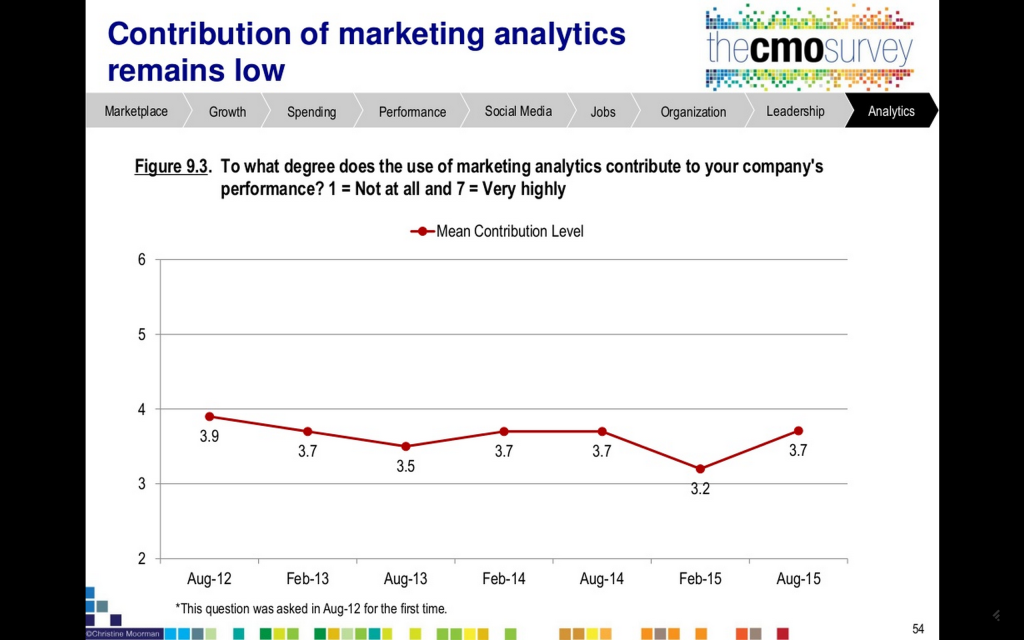
 2015 study was conducted across a sample of 2,630 marketing execs. Here are two key questions they asked those execs about marketing analytics; there are some surprising answers to the second one:
2015 study was conducted across a sample of 2,630 marketing execs. Here are two key questions they asked those execs about marketing analytics; there are some surprising answers to the second one: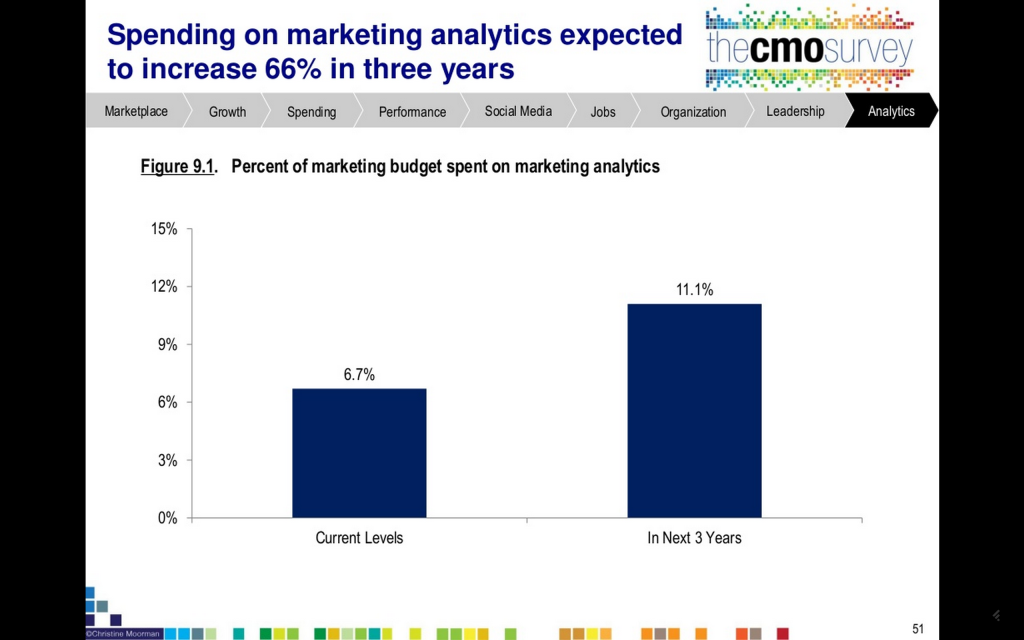
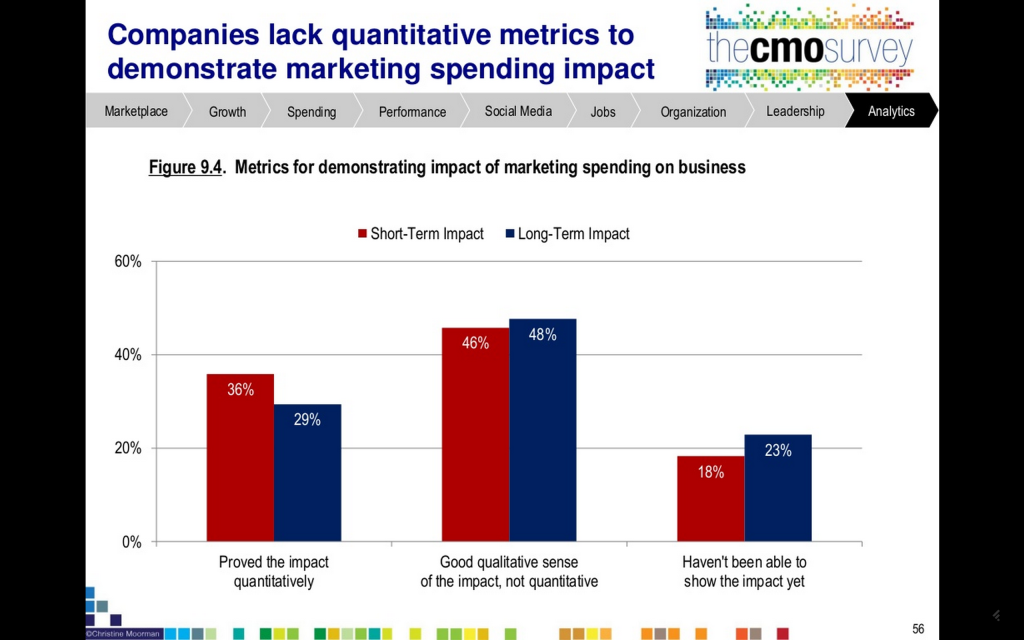

 What if you could get a free eBook
What if you could get a free eBook An artist I’ve known for 25 years,
An artist I’ve known for 25 years, 

